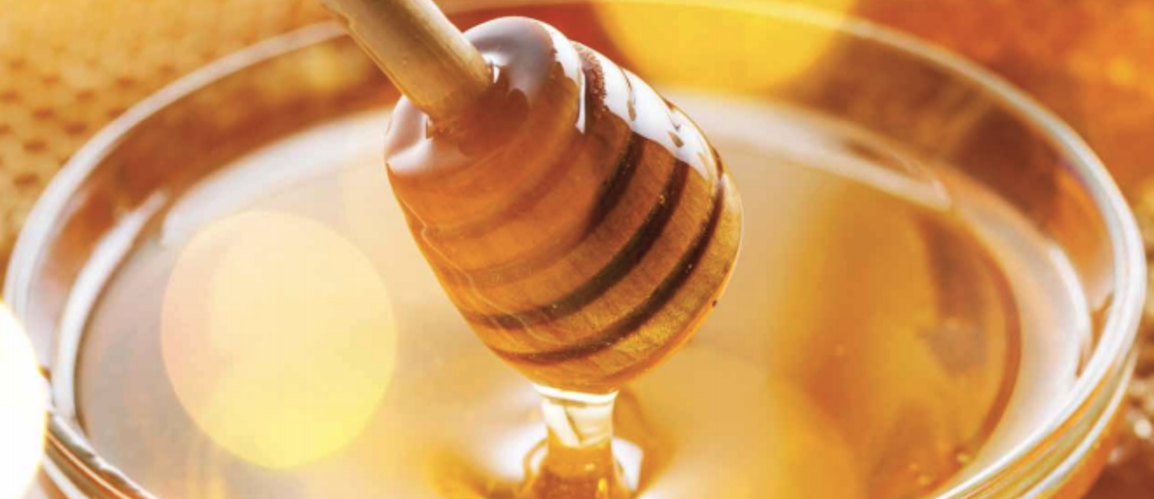

Bruker’s Honey Profiling Module for Use in Quality Control
Nowadays, consumers are becoming increasingly concerned with the quality of the foods they buy and with the growing interest in organic and healthy foods, honey is one food item that has become particularly popular. However, although the demand for honey has been steadily rising, it is in short supply, which has led to serious issues in honey production.
The production of honey now enjoys protection by the law and is subjected to a number of regulations that have been put in place to ensure its authenticity and quality. Honey is tested in quality control laboratories where it is checked for adulteration and mislabeling of the origin or content before it is made available to consumers.
Such laboratories require increasingly sophisticated techniques for analyzing honey, since conventional, manual methods involve skills and techniques that take a long time to learn and carry out.
In 2015, Bruker launched a new honey profiling module for the NMR FoodScreener that is quickly becoming popular with major food testing laboratories and honey packers.
Independent company Famille Michaud Apiculteurs is the first in the honey packing sector to have adopted the new module and acquire NMR technology as a solution. In a recent interview, laboratory manager, Patricia Beaune, talked about the importance of honey profiling, the main challenges faced and how the new module has benefited the company.
Beaune explained that when people buy honey, it is impossible for them to know with absolute certainty that the honey is safe, authentic and natural, unless it is tested. Competent quality control laboratories with adapted technologies are therefore needed to screen the large quantities of honey.
Since bees collect nectar from anywhere in the world, it is not possible to know the exact environment in which it was produced. This environment is referred to as the “terroir” and has a huge impact on the taste and smell of the honey.
“We must propose to the consumers that the honey they are consuming has come from the right botanical and geographical origin, and we have to guarantee the taste and the smell that they are purchasing,” says Beaune. If the company were not able to check the honey was from a specific region, they would not be able to satisfy the regulations.
In the laboratory, 30% of the honey checked is non-complying and rejected, every year. Testing might reveal a mismatched botanical and geographical origin, with the product labeled, for example, as “Acacia Honey from Hungary,” when analysis shows it is in fact a polyfloral honey from China.
The other main problem is adulteration; components may have been added or removed or there may be deviation from the normal concentration of sugars or amino acids present. Beaune says that, unfortunately, they find, “exogenous sugars that shouldn’t be present in the honey, wheat sugars, cane sugars, rice sugars and Manuka sugars as well.”
When bees collect nectar, they also collect grains of pollen and, using conventional testing, it is these grains that are extracted in the lab and analyzed microscopically to characterize and identify the honey. However, this process is completely manual and requires a high level of performance and skill because there are more than 400 types of naturally occurring pollen grains that can potentially find their way into the honey.
The laboratory used to employ several conventional testing methods. One was the isotopic method, which involved analyzing the carbon atoms present in the honey. Then, they would use techniques to detect whether any foreign enzymes or oligosaccharides were present. Altogether, this meant carrying out three or four different tests, which would take six days.
Now, using the NMR FoodScreener, the lab is able to perform this testing in just 20 minutes. The technology uses a database where several thousand reference profiles are stored, representing a wide range of botanical and geographical origins.
“When we analyze an unknown sample, the profile generated by the screener will be compared to this database, and will allow us to confirm and to detect the botanical and geographical origin of the sample,” explains Beaune.
The screener is also able to detect adulteration because it uses sugar tracers to identify exogenous sugars and syrup additions.
Famille Michaud Apiculteurs is highly regarded and considered a reference point in the honey packing industry. The company processes over 100,000 samples every year and in 2013, received COFRAC/ISO70025 accreditation, which certifies the highest level of technical and scientific competence.
Beaune says that, so far, a number of quality control laboratories have already been awarded accreditation for using NMR screening for honey.
“We project that we will be accredited with the ISO 70025 certification with this method in 2017, which will represent NMR profiling as a reference method for honey tasting,” she concludes.


